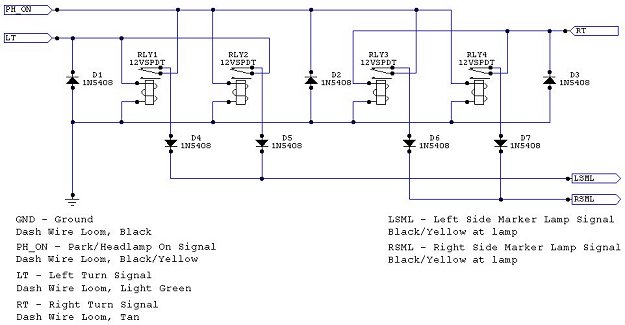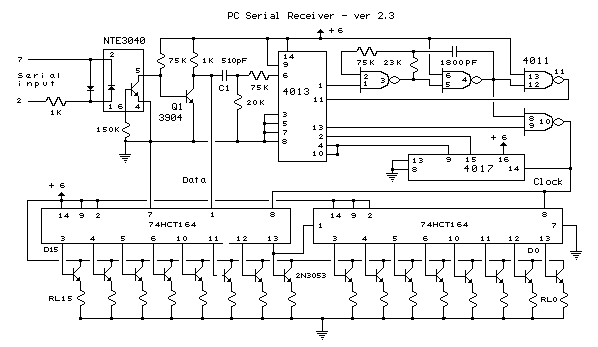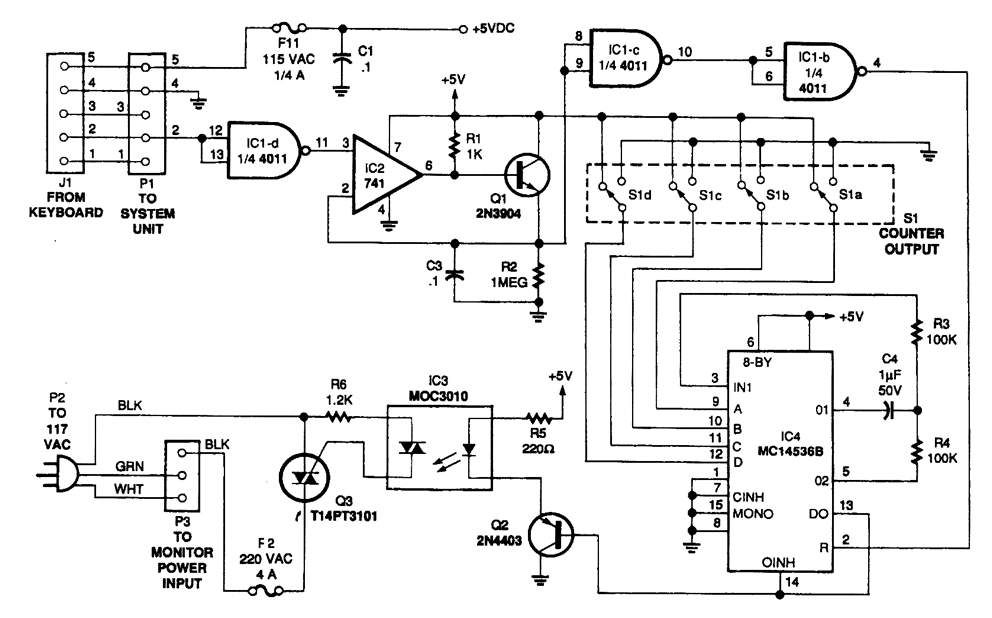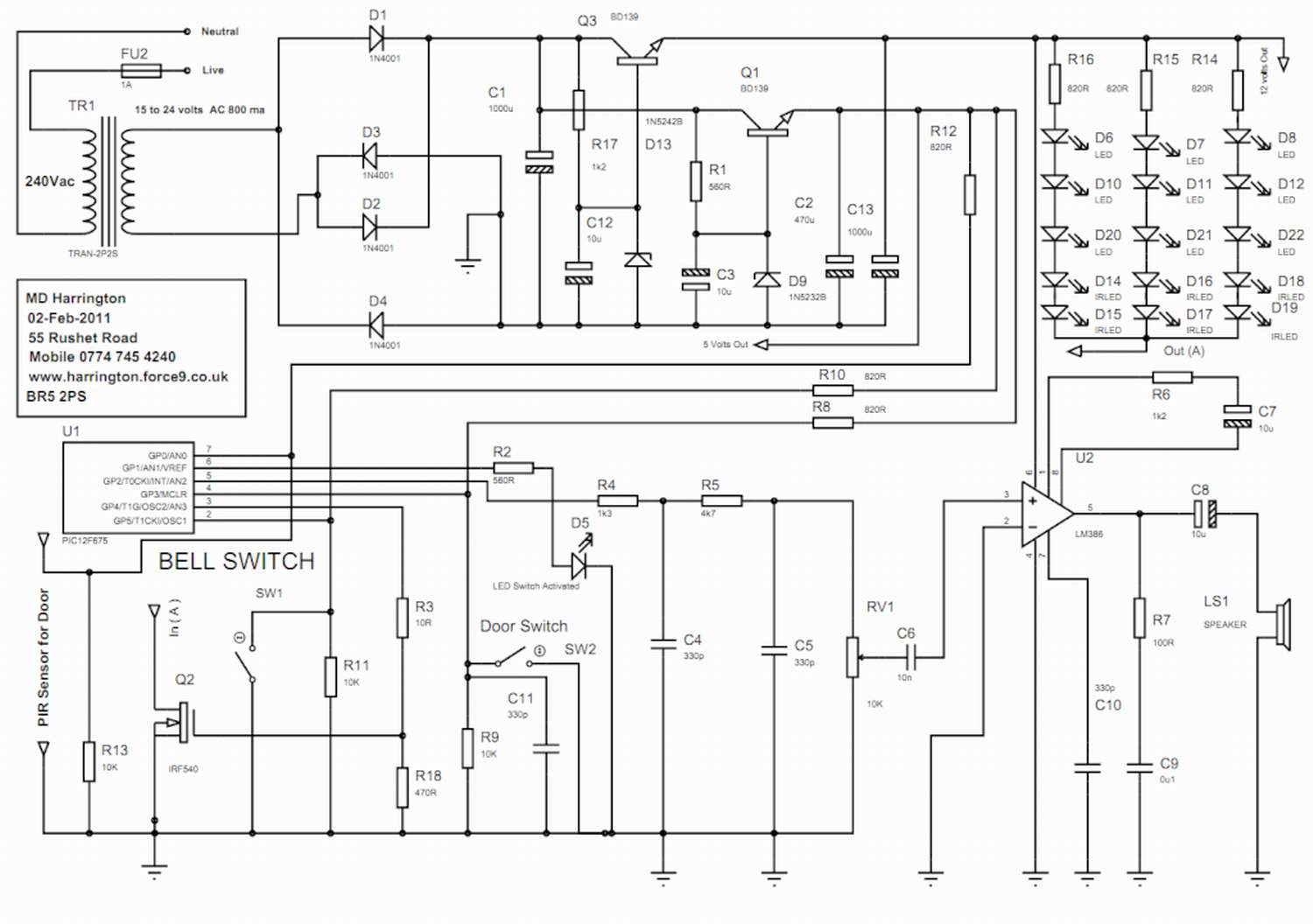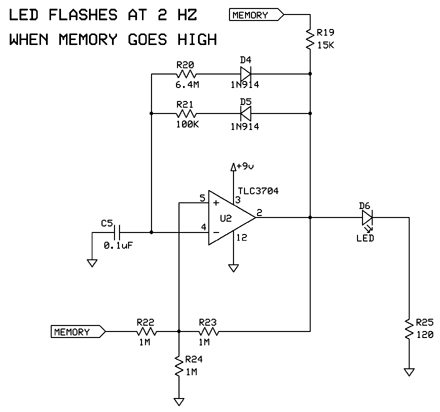
Professor Mark Csele: Ohio Scientific Computers
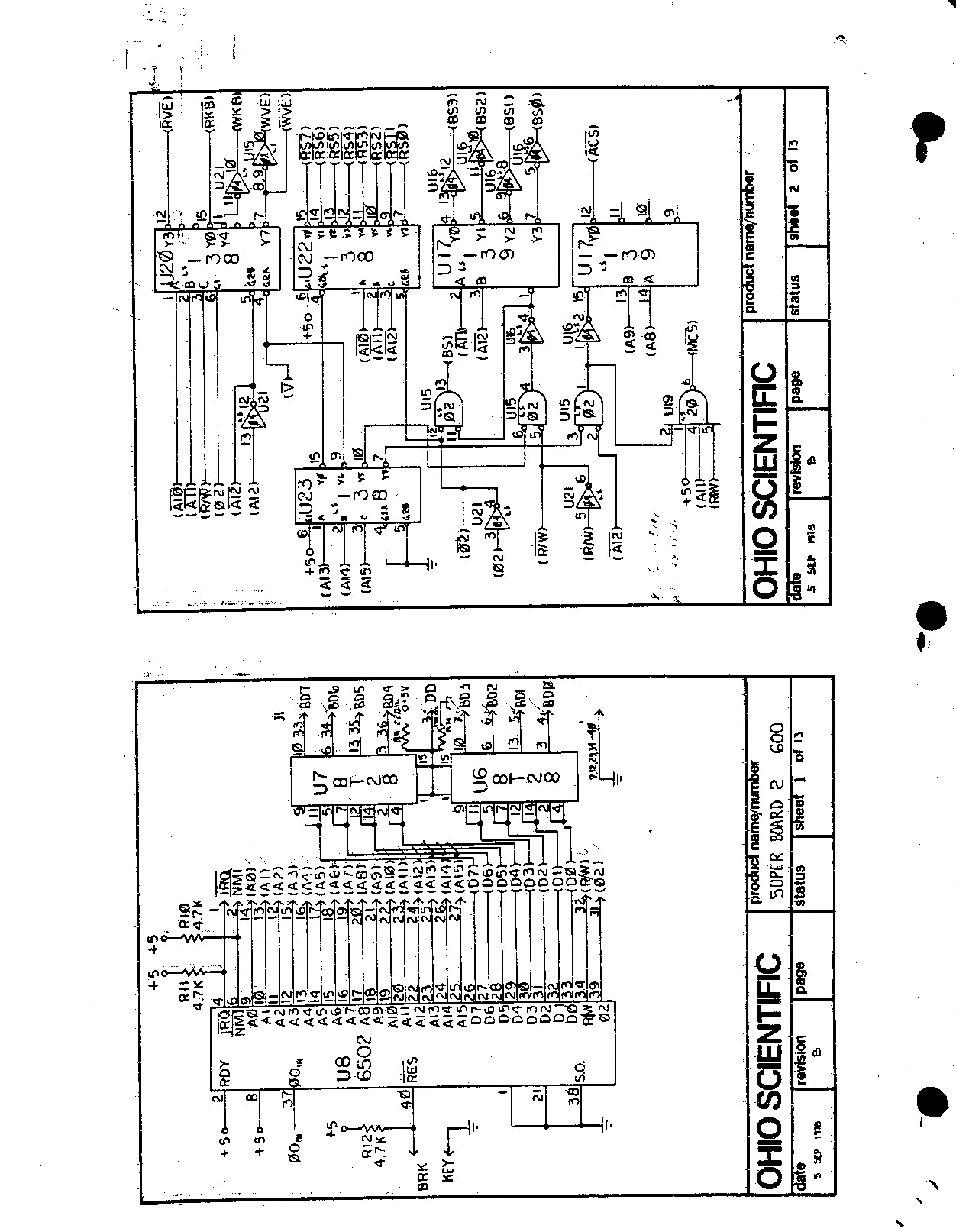
This machine was significant as it was the first real computer, an Ohio Scientific Superboard II, acquired in 1979. It is a 6502-based single-board computer featuring 8K of RAM and BASIC in ROM. The board is entirely self-contained, requiring only a 5V, 3A power supply to operate, which was constructed using a 78H05 regulator. Ohio Scientific (OSI) began its operations in 1975 and produced a series of 6502-based machines known as the "Challenger" series during the late 1970s and early 1980s. Similar to other contemporary systems, including those from Apple and Commodore, OSI machines utilized the cost-effective 6502 processor. Developed as an economical alternative to the Motorola 6800 processor and available in production quantities since 1976, the 6502 could utilize readily available and inexpensive 6800 peripheral chips, which OSI leveraged to reduce costs. The 6502 achieved affordability through various design features, including fabrication in NMOS technology and the use of "zero-page" memory, which minimized the number of on-chip registers to six. Its design, reminiscent of the PDP-8 processor, enables rapid access to the first 256 bytes of RAM from most instructions, giving the 6502 an almost RISC-like characteristic. The subsequent 256 bytes (0x100 through 0x1FF) are designated as the stack. All 6502 systems necessitate at least 512 bytes of RAM located in the lowest memory page, and unlike the contemporary Z-80 processor, programs cannot be positioned at address zero; the 6502 fetches a vector for the start program from the highest two bytes, necessitating a ROM in that location. The earliest catalog located dates back to the spring of 1978, where OSI offered several models based on a single-board CPU, specifically the model 500 card. This card included 8K of BASIC-in-ROM, 4K of onboard RAM, and a serial port interface. The most basic offering, the C2-0 Model 500 Board, priced at $298, required the user to provide a power supply and a serial terminal for a standalone system. The C-28K 500 Superkit, priced at $398, consisted of the basic model 500 CPU board, again with 4K RAM and 8K BASIC-in-ROM, along with a 480 8-slot backplane and a 440 video board featuring a 32 by 32 character display, allowing connection to a video monitor instead of a terminal. It was an unassembled "open" system, requiring the user to add a power supply and an external ASCII parallel keyboard to complete the setup. Finally, the C2-1 500-1 Terminal Add-On, priced at $498, was essentially a standard model 500 CPU board enclosed in a case with a power supply and standard EIA (RS-232) connectors, intended as a local computer for running short programs. The prices mentioned are in US dollars from US catalogs. In 1980, the exchange rate for Canadian dollars was unfavorable, approximately 1.17, thus later figures in Canadian dollars may appear higher. In addition to the standalone CPU board systems, OSI provided more comprehensive cassette-based Challenger-II systems. These early machines were encased in blue and black housings, unlike the later beige and brown models. Similar to earlier models, the Challenger-II featured an 8-slot backplane (with two slots occupied) and was housed in a larger case for expanded capabilities compared to the 4P system, with a separate keyboard connected via ribbon cable. The Challenger-II was also offered with various floppy drive options. All floppy-based systems were enclosed in larger black-and-blue cases, one for the CPU with an 8-slot backplane and a separate keyboard, and another for the floppy drive(s) with white fronts. Configurations included a 16K RAM system with a single 8-inch drive (250K) and a serial port (C2-S1S) for $1990, a similar system with a video card (C2-S1V) listed for $2490, and a 32K RAM system with dual floppy drives (C2-S2S) for $3090. Many systems utilized serial terminals for user interaction.
The Ohio Scientific Superboard II represents a significant advancement in early computing technology, particularly as a single-board computer. The architecture is based on the 6502 microprocessor, which was a pivotal component in many early personal computers due to its affordability and efficiency. The 6502's design allowed for compact and cost-effective systems, which was crucial during the late 1970s and early 1980s when personal computing was emerging.
The board's self-contained nature, requiring only a 5V, 3A power supply, highlights its practicality for users at the time. The inclusion of BASIC in ROM was a forward-thinking feature, allowing users to program directly without needing additional software. The architecture of the 6502, with its zero-page memory and stack organization, provided efficient memory management, which was essential for the limited RAM available in early computers.
The Challenger series from OSI, particularly the model 500 card, exemplified the trend of modular computing, where users could customize their systems based on their needs. The various configurations offered, including the Superkit and Terminal Add-On, catered to a wide range of users, from hobbyists to more serious programmers. The introduction of cassette-based systems and floppy drives further expanded the functionality and usability of these machines, making them more versatile for different applications.
Overall, the Ohio Scientific Superboard II and its associated systems played a crucial role in the evolution of personal computing, serving as a foundation for future developments in the industry. The design philosophy of modularity, affordability, and user accessibility established by OSI and the 6502 processor has had a lasting impact on the computing landscape.This machine was near-and-dear to me as it was my first real computer, an Ohio Scientific Superboard II. In 1979 I got my machine, a 6502-based single-board computer with a whopping 8K of RAM and BASIC in ROM.
The board was completely self-contained, requiring only a 5V, 3A power supply to run (I built my own using a 78H05 regulator). Ohio Scienti fic (OSI) started business in 1975 and through the late 1970`s and early 1980`s produced a series of 6502-based machines called the "Challenger" series. Like contemporaries (including the Apple and the Commodore machines), OSI systems used the low-cost 6502 processor.
Created as a low-cost response to Motorola`s 6800 processor, and commercially available (in production quantities) in 1976, the 6502 could use all readily-available and inexpensive 6800 peripheral chips (as OSI did to save cost). The 6502 achieved low costs through a number of design features including the fabrication in NMOS technology and use of "zero-page" memory which allowed reduction of the number of on-chip registers to six.
The 6502, in a design reminiscent of the PDP-8 processor, allows fast access to the first 256 bytes of RAM from most instructions (making the 6502 almost RISC-like). The next 256 bytes (0x100 through 0x1FF) are prewired as the stack. All 6502 systems, therefore, require at least 512 bytes of RAM located in the lowest memory page and unlike the contemporary Z-80 processor, programs cannot simply be located at address zero (the 6502 actually fetches a vector for the start program from the highest two bytes - a ROM must be located there).
The earliest catalog I could locate was the spring 1978 issue. That year, OSI offered several models based on a single-board CPU, the model 500 card. This card featured 8K BASIC-in-ROM, 4K of RAM on board, and a serial port interface. In the most basic offering, the C2-0 Model 500 Board ($298), the user was required to add a power supply and a serial terminal for a basic stand-alone system. The C-28K 500 Superkit ($398) consisted of the basic model 500 CPU board, again with 4K RAM and 8K BASIC-in-ROM, along with a 480 8-slot backplane and 440 video board (with 32 by 32 character display) allowing use with a video monitor instead of a terminal.
It was an unpackaged, "open" system in which the user added a power supply and an external ASCII parallel keyboard for a complete system. Finally the C2-1 500-1 Terminal Add-On ($498) version was basically a simple model 500 CPU board in a case with power supply and standard EIA (RS-232) connectors intended as a "local" computer to run short programs locally.
FYI: the prices quoted are in US dollars from US catalogs. In 1980, the exchange rate for Canadian dollars was less than favourable at about 1. 17 so later figures quoted, in Canadian dollars, will always seem higher. As well as the systems based on a standalone CPU board, OSI offered more complete cassette-based Challenger-II systems. These early machines were housed in blue and black cases (unlike later machines housed in beige ad brown cases).
Same as the above but with an 8-slot backplane (two slots occupied) and housed in a larger case allowing more expansion than the 4P system. Had a separate keyboard attached via ribbon cable. This is the Challenger 2 - 8P system housed in the large blue-and-black box outlined on this page. The Challenger-II was also offered with various floppy drive options. All floppy-based systems were housed in two larger black-and-blue cases, one for the CPU with an 8-slot backplane and separate keyboard and a second case for the floppy drive(s) which had white fronts.
Configurations included: A 16K RAM system with a single 8-inch drive (250K) and a serial port (C2-S1S) for $1990, A similar system except with a video card (C2-S1V) listed for $2490, and a 32K RAM system with a dual floppy drive (C2-S2S) for $3090. Note that many systems utilized serial terminals for user 🔗 External reference
The Ohio Scientific Superboard II represents a significant advancement in early computing technology, particularly as a single-board computer. The architecture is based on the 6502 microprocessor, which was a pivotal component in many early personal computers due to its affordability and efficiency. The 6502's design allowed for compact and cost-effective systems, which was crucial during the late 1970s and early 1980s when personal computing was emerging.
The board's self-contained nature, requiring only a 5V, 3A power supply, highlights its practicality for users at the time. The inclusion of BASIC in ROM was a forward-thinking feature, allowing users to program directly without needing additional software. The architecture of the 6502, with its zero-page memory and stack organization, provided efficient memory management, which was essential for the limited RAM available in early computers.
The Challenger series from OSI, particularly the model 500 card, exemplified the trend of modular computing, where users could customize their systems based on their needs. The various configurations offered, including the Superkit and Terminal Add-On, catered to a wide range of users, from hobbyists to more serious programmers. The introduction of cassette-based systems and floppy drives further expanded the functionality and usability of these machines, making them more versatile for different applications.
Overall, the Ohio Scientific Superboard II and its associated systems played a crucial role in the evolution of personal computing, serving as a foundation for future developments in the industry. The design philosophy of modularity, affordability, and user accessibility established by OSI and the 6502 processor has had a lasting impact on the computing landscape.This machine was near-and-dear to me as it was my first real computer, an Ohio Scientific Superboard II. In 1979 I got my machine, a 6502-based single-board computer with a whopping 8K of RAM and BASIC in ROM.
The board was completely self-contained, requiring only a 5V, 3A power supply to run (I built my own using a 78H05 regulator). Ohio Scienti fic (OSI) started business in 1975 and through the late 1970`s and early 1980`s produced a series of 6502-based machines called the "Challenger" series. Like contemporaries (including the Apple and the Commodore machines), OSI systems used the low-cost 6502 processor.
Created as a low-cost response to Motorola`s 6800 processor, and commercially available (in production quantities) in 1976, the 6502 could use all readily-available and inexpensive 6800 peripheral chips (as OSI did to save cost). The 6502 achieved low costs through a number of design features including the fabrication in NMOS technology and use of "zero-page" memory which allowed reduction of the number of on-chip registers to six.
The 6502, in a design reminiscent of the PDP-8 processor, allows fast access to the first 256 bytes of RAM from most instructions (making the 6502 almost RISC-like). The next 256 bytes (0x100 through 0x1FF) are prewired as the stack. All 6502 systems, therefore, require at least 512 bytes of RAM located in the lowest memory page and unlike the contemporary Z-80 processor, programs cannot simply be located at address zero (the 6502 actually fetches a vector for the start program from the highest two bytes - a ROM must be located there).
The earliest catalog I could locate was the spring 1978 issue. That year, OSI offered several models based on a single-board CPU, the model 500 card. This card featured 8K BASIC-in-ROM, 4K of RAM on board, and a serial port interface. In the most basic offering, the C2-0 Model 500 Board ($298), the user was required to add a power supply and a serial terminal for a basic stand-alone system. The C-28K 500 Superkit ($398) consisted of the basic model 500 CPU board, again with 4K RAM and 8K BASIC-in-ROM, along with a 480 8-slot backplane and 440 video board (with 32 by 32 character display) allowing use with a video monitor instead of a terminal.
It was an unpackaged, "open" system in which the user added a power supply and an external ASCII parallel keyboard for a complete system. Finally the C2-1 500-1 Terminal Add-On ($498) version was basically a simple model 500 CPU board in a case with power supply and standard EIA (RS-232) connectors intended as a "local" computer to run short programs locally.
FYI: the prices quoted are in US dollars from US catalogs. In 1980, the exchange rate for Canadian dollars was less than favourable at about 1. 17 so later figures quoted, in Canadian dollars, will always seem higher. As well as the systems based on a standalone CPU board, OSI offered more complete cassette-based Challenger-II systems. These early machines were housed in blue and black cases (unlike later machines housed in beige ad brown cases).
Same as the above but with an 8-slot backplane (two slots occupied) and housed in a larger case allowing more expansion than the 4P system. Had a separate keyboard attached via ribbon cable. This is the Challenger 2 - 8P system housed in the large blue-and-black box outlined on this page. The Challenger-II was also offered with various floppy drive options. All floppy-based systems were housed in two larger black-and-blue cases, one for the CPU with an 8-slot backplane and separate keyboard and a second case for the floppy drive(s) which had white fronts.
Configurations included: A 16K RAM system with a single 8-inch drive (250K) and a serial port (C2-S1S) for $1990, A similar system except with a video card (C2-S1V) listed for $2490, and a 32K RAM system with a dual floppy drive (C2-S2S) for $3090. Note that many systems utilized serial terminals for user 🔗 External reference
